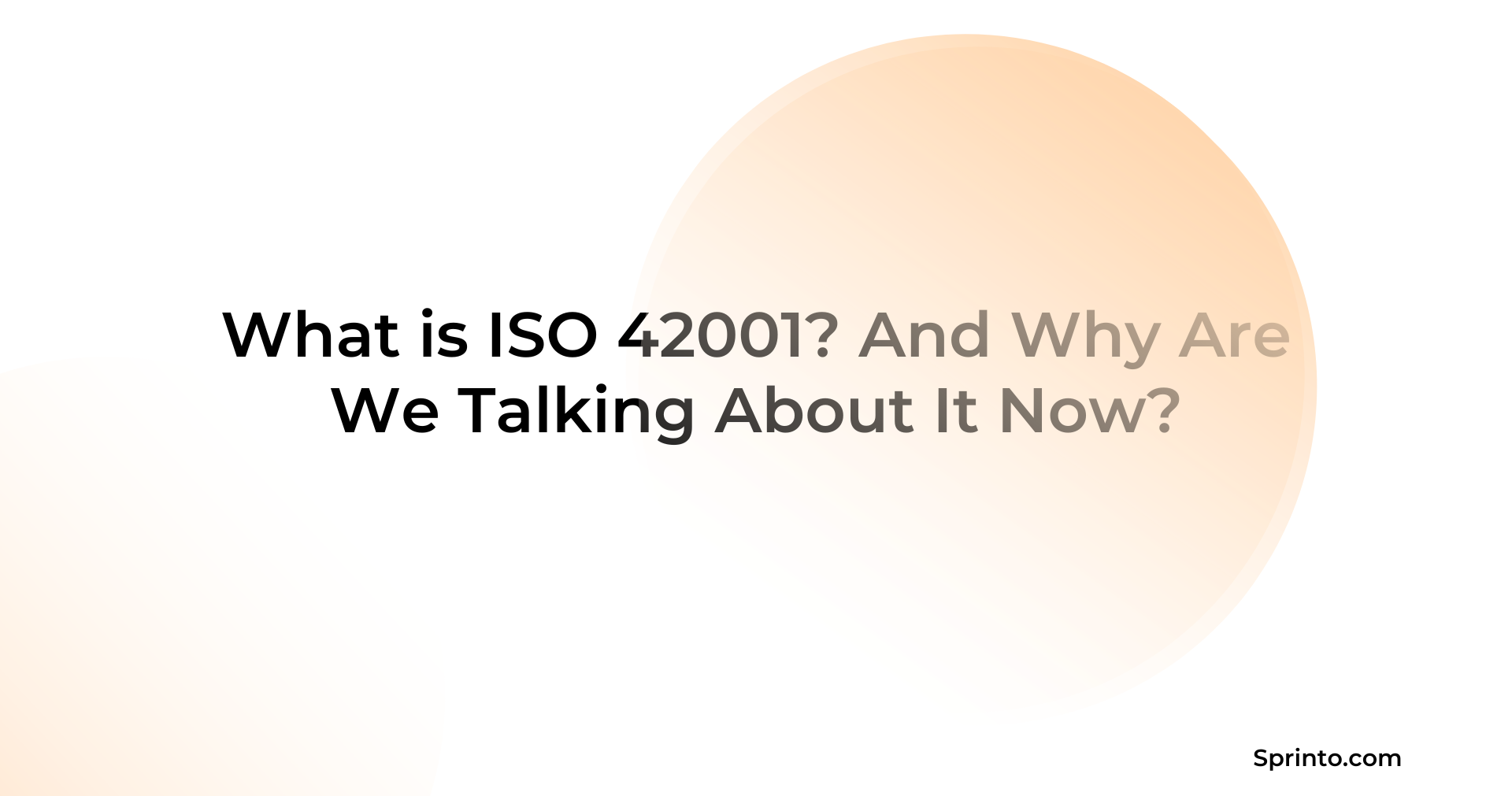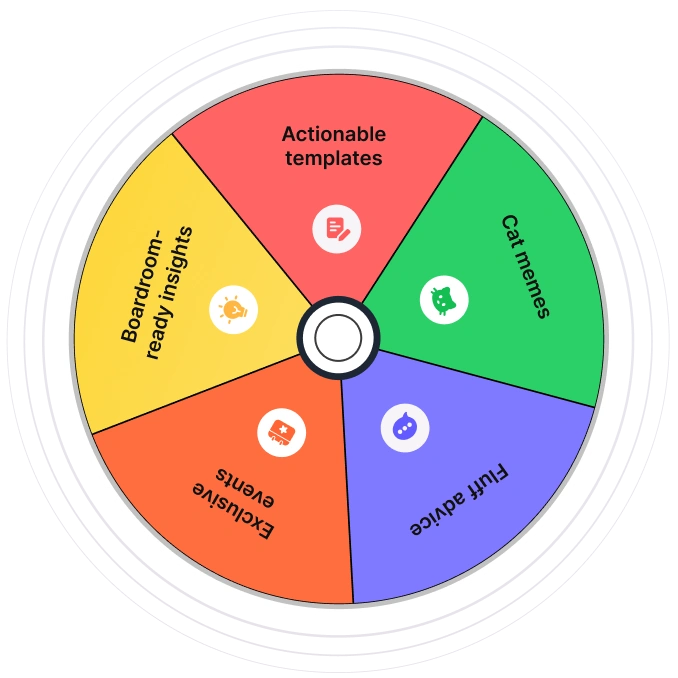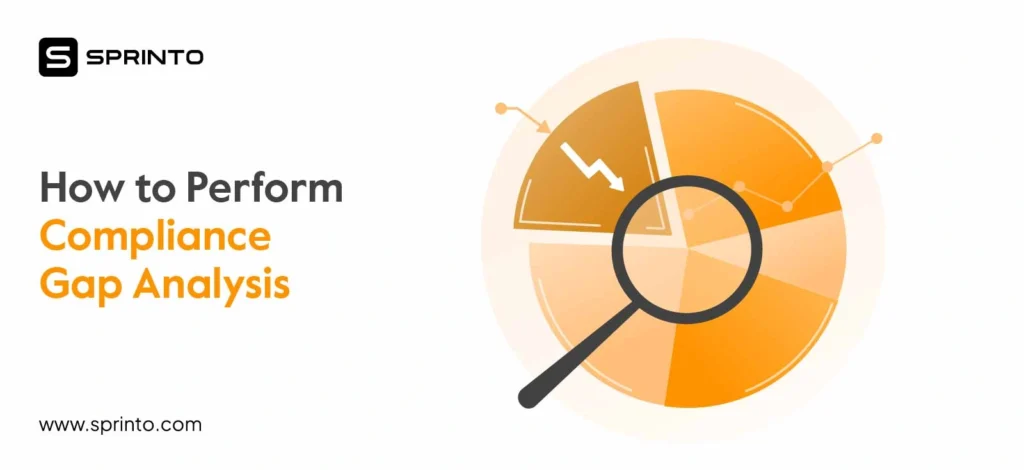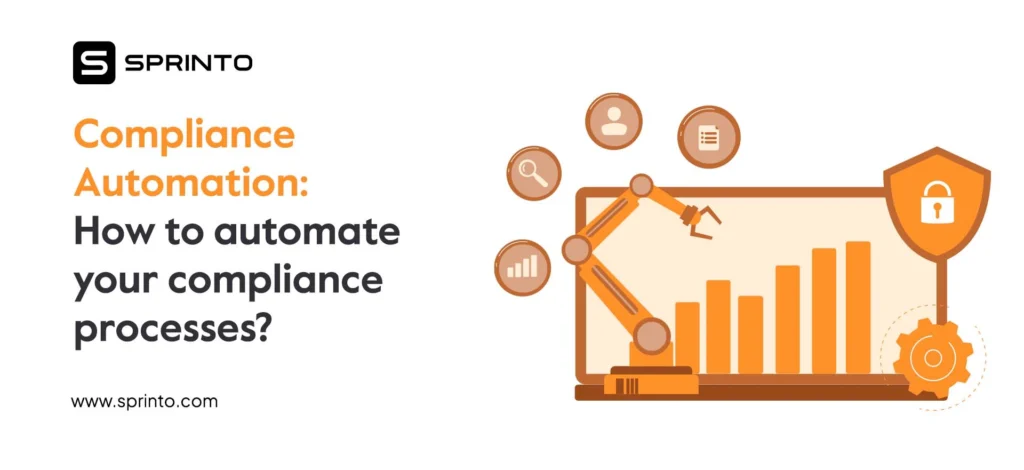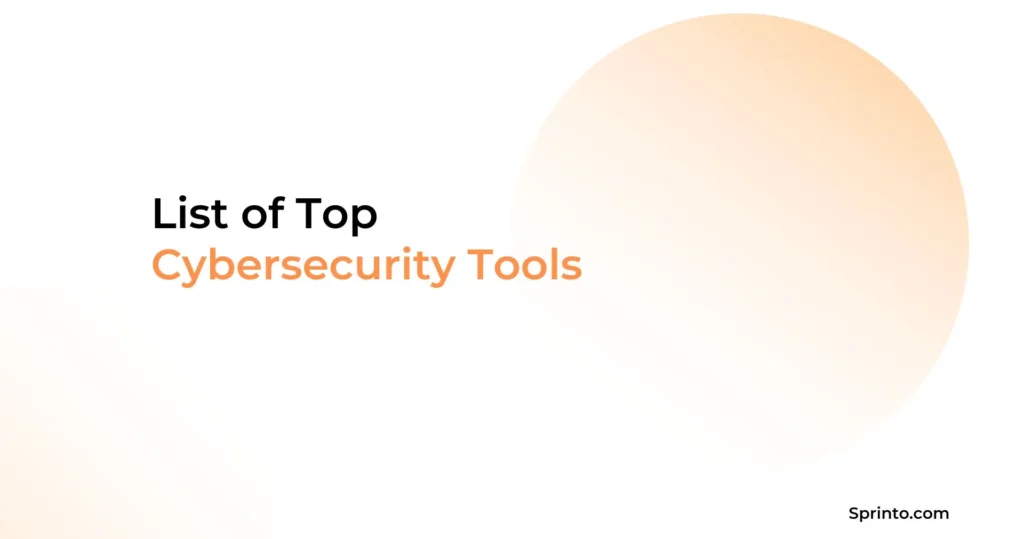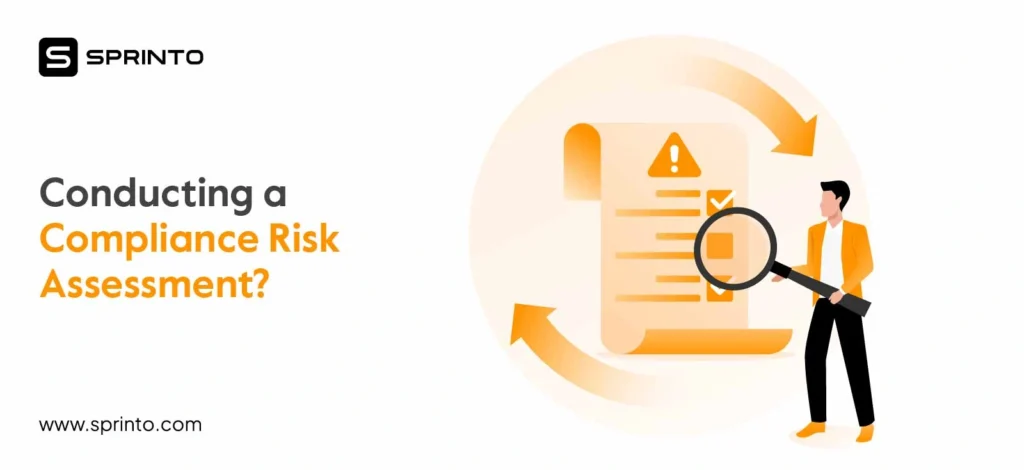There’s a fallout from poorly governed Artificial Intelligence (AI) that is multiplying risks: From biased algorithms and opaque decision-making to regulatory crackdowns and customer distrust.
We’re talking about copyright lawsuits, governments rolling out binding AI regulations (like the EU AI Act), and enterprises scrambling to explain how their models work and why they can be trusted.
Hence, the International Organization for Standardization (ISO) rolled out the first global management system (ISO 42001) built specifically to govern AI use across the lifecycle. In this guide, you’ll get a clear implementation roadmap, common challenges, key differences from ISO 27001, and how the standard aligns with global AI laws.
| TL;DR ISO 42001 operationalizes responsible AI principles through structured clauses (like risk assessment, transparency, and human oversight) and 39+ Annex A controls. Adopting ISO 42001 helps meet emerging global AI regulations (EU AI Act, NIST AI RMF, Canada’s AIDA) by aligning with their core requirements like explainability, accountability, and post-market monitoring. Common challenges include scoping scope creep, collecting consistent evidence, and securing cross-functional buy-in, especially between technical and compliance teams. |
Sprinto builds continuous, audit-ready ISO 42001 governance.
👉 See Sprinto in action →
What is ISO 42001?
ISO/IEC 42001:2023 is the first international management-system standard written specifically for Artificial Intelligence (AI). It defines an AI Management System (AIMS) as “a set of interrelated or interacting elements of an organization intended to establish policies and objectives, and processes to achieve those objectives, in relation to the responsible development, provision or use of AI systems.”
Why does that matter? Because AI is no longer experimental.
McKinsey’s 2024 global survey found that 72% of organizations now use AI in at least one business function, up sharply from 55% the year before. Yet three-quarters of those firms lack a change-management plan, which means there’s a readiness gap that standards can fill.
Purpose and scope of ISO 42001
ISO 42001 exists to help your organization:
- Govern AI responsibly. It extends the widely used Plan-Do-Check-Act cycle to AI, and covers leadership commitment, policy, roles, and continual improvement.
- Manage risk and impact. Clauses 6 and 8 require a documented AI-risk assessment, treatment plan, and impact assessment before and after deployment.
- Demonstrate accountability. Because 42001 is certifiable, you can prove in audits, tenders, or to regulators that your AI practices meet an internationally recognised bar.
The standard is deliberately broad: it applies to any organization that develops, provides, or uses AI systems, in any industry or jurisdiction.
- It fits neatly alongside other Annex-SL-based standards such as ISO 9001 (quality) and ISO 27001 (information security), so companies can integrate AI controls into existing management-system routines.
- Annex A maps 42 control objectives ranging from data quality and transparency to human oversight and incident response, which gives practitioners a practical checklist.
- The framework closely aligns with emerging regulation. Guidance from compliance firms shows that adopting ISO 42001 simplifies conformance with the forthcoming EU AI Act in areas like risk ranking, documentation, and post-market monitoring.
For organizations facing fast-moving technology, tightening laws, and rising stakeholder expectations, the standard offers a straight path from good intentions to measurable outcomes.
Key themes of ISO 42001
A June 2025 benchmark of 1,000 compliance professionals found 76% of organisations intend to use ISO 42001 (or an equivalent) as their AI-governance backbone. ]
Why ISO 42001 matters for SaaS & mid-market companies
SaaS and mid-market teams are under pressure to show that their AI systems are trustworthy and well-managed. ISO 42001 gives them a clear, structured way to do that and stay ahead of tightening expectations around AI governance.
Here’s what it enables:
- Stronger posture for enterprise sales: It reduces back-and-forth in AI risk questionnaires and speeds up large B2B deals.
- Confidence for AI-powered product features: Helps SaaS teams launch AI add-ons safely without slowing down development.
- Better governance for customer data: Creates controls around training data, retention, and model access — critical for multi-tenant SaaS.
- Reduced friction in security & privacy reviews: Gives buyers a clear, certifiable framework they can trust when evaluating AI use in your product.
ISO 42001 structure and components
ISO 42001 retains the familiar ISO structure. And so, if you’re already running ISO 27001 or 9001, you can slot AI controls into existing routines. Beyond the front matter, seven operative clauses and four annexes do the heavy lifting.
Core Clauses (4 – 10)
Download a free ISO 42001 checklist
Annexes and controls
- Annex A: A collection of 39 AI-specific controls covering data quality, bias checks, human oversight, incident response, and more.
- Annex B: Implementation guidance for Annex A.
- Annex C: Links AI objectives to risk sources.
- Annex D: Sector-specific crosswalks and related standards.
ISO 42001 Requirements
ISO 42001 turns high-level “responsible-AI” ideals into auditable obligations. At a glance, an organisation must:
- Frame the context (Clause 4). Define which AI systems, data sets, and teams fall under your AI Management System (AIMS) and identify external pressures such as regulation or public trust.
- Show executive ownership (Clause 5). Publish an AI policy, assign clear accountability, and fund the programme.
- Plan with evidence (Clause 6). Run a formal AI-risk and impact assessment, set measurable objectives, and map chosen measures to Annex A controls via a Statement of Applicability (SoA).
- Resource and document (Clause 7). Provide skilled people, reliable data, secure tooling, ongoing training, and accessible records so auditors (and regulators) can retrace every AI decision.
- Operate the lifecycle (Clause 8). Embed governance into design, acquisition, testing, deployment, monitoring, and retirement of models, including requirements for bias checks, human-in-the-loop controls, and incident response.
- Measure performance (Clause 9). Track KPIs, run internal audits, and seek stakeholder feedback; feed results into management review.
- Keep improving (Clause 10). Correct non-conformities fast and update the AIMS as changes in technology and the law occur.
What are the benefits of complying with ISO 42001?
ISO 42001 certification is awarded once but inspected forever. Naturally, the benefits are also long-lasting. These are some of the most noticeable benefits of adopting ISO 42001:
1. Builds trust
A verifiable AIMS reassures prospects, regulators and investors that your AI is safe and transparent. The continuous evidence collection means you can share proof on demand.
2. Sharpens risk control
The standard forces your team to confront bias, data quality, security and model drift head-on. You are bound to track risks alongside mitigation tasks, so nothing slips through the cracks.
3. Uses resources efficiently
When you adopt ISO 42001, you identify risks and figure out opportunities. It helps you decide where to put your time, money, and people. You’ll stop wasting effort on last-minute fixes. Instead, your resources go to the most important things for building and using AI responsibly.
4. Improves innovation
It might sound like ISO 42001 is all about rules, but it actually helps you innovate more. You get guidelines and processes for managing AI risks and ethical concerns. This means your team can try out new AI technologies with more confidence.
5. Strengthens legal standing
ISO 42001 gives you a structured way to deal with AI ethics, data privacy, and accountability. Being certified shows you’re serious about responsible AI. It could even lower your legal risks. Plus, it makes it much easier to prove you did your part if something goes wrong or a regulator comes knocking.
6 Steps to get your Organization ISO 42001 certified
Getting your ISO 42001 certification doesn’t have to be a mammoth task. Here’s a six-step guide to help you.
Step 1: Secure leadership and scope
Estimated timeline: 2–4 weeks
First, you’ll need to secure leadership buy-in and define your scope. This means getting C-suite sign-off, appointing an AIMS owner, and clearly drawing the system boundary. It’s arguably like any other profit and loss (P&L) project: it needs a dedicated budget, key performance indicators (KPIs), and regular board reporting to ensure it stays on track.
Step 2: Gap analysis and risk assessment
Estimated timeline: 3–6 weeks
Next, conduct a detailed gap analysis and risk assessment. Benchmark your current AI practices against Clauses 4-10 of the ISO 42001 standard and catalogue all ethical, legal, and security risks.
A tip here is to automate evidence collection early in the process. Even mid-sized firms can generate 50-75 artifacts during an audit, so having an automated system like Sprinto can save you a significant amount of time and effort.
Step 3: Build the AIMS
Estimated timeline: 6–10 weeks
With your analysis complete, now we build your AIMS.
This involves composing essential policies, objectives, and Annex A controls. You’ll also need to create a Statement of Applicability and a change-management plan.
To minimize rework, consider reusing artifacts from existing ISO 27001 or 9001 certifications where applicable.
Note
If you’re already ISO 27001-certified, Sprinto automatically cross-references the standard’s clauses (risk assessment, incident response, access control, etc.) with the matching ISO 42001 requirements. It comes with 149 pre-mapped ISO 42001 controls and lets you layer ISO 27001, or other frameworksonto the same evidence pool to cut down duplicate tickets and policy rewrites.
Step 4: Operate, train and internally audit
Estimated timeline: 8–12 weeks
Once your AIMS is in place, you need to operate, train your teams, and conduct internal audits. Run the Plan-Do-Check-Act cycle for at least one quarter; log any incidents and corrective actions.
Be sure to conduct an independent internal audit to test your readiness. For smoother external audits, cross-train your data science and compliance teams so they understand each other’s roles and requirements.
Step 5: External audits (Stage 1 and Stage 2)
Estimated timeline: 3–6 weeks total
The next phase involves the external audits, which usually occur in two stages.
Stage 1, lasting one to two days, reviews your documentation and tests your readiness. Stage 2, which can take one to three weeks, live tests of your AIMS and Annex A controls. You must choose an accredited certification body; your certificate must stand up to supply-chain scrutiny.
If you’re using Sprinto to manage your compliance, you don’t need to start from scratch. Sprinto connects you with a vetted network of CPA firms that already understand the platform, which means faster audits and fewer awkward back-and-forths.
Here’s a list of Sprinto’s SOC 2 auditors’ network:
| Name | Type | Description |
| Accorp Partners CPA LLC | Audit Partner | US-based CPA firm offering SOC 2 and other compliance audits. |
| Johanson Group LLP | Certification Body | US-based audit and certification firm; provides SOC 2 attestation. |
| Prescient Security | Certification Body | US-based, CPA-led audit and cybersecurity firm; offers SOC 2 and pentest audits. |
| Sensiba LLP | Certification Body | CPA firm providing audit, advisory, and SOC 2 attestation services. |
Step 6: Surveillance and improvement
Timeline: Ongoing
Finally, the process continues with annual surveillance audits and improvement.
During surveillance audits, approximately half of your controls will be sampled, with full recertification occurring in year four. Use the findings from these audits to refine your AI models and policies.
Most organizations typically need 6 to 12 months from kickoff to achieve certification, with the timeline depending on your current AI maturity and resource availability. Pioneers like Synthesia, Cognizant, Anthropic, Workday, and have already achieved ISO 42001 certificates since late 2024.
Get ISO 42001-ready with automated workflows and real-time oversight.
👉 See Sprinto live →
Now that you know the steps, let’s move on to practical implementation.
Challenges in implementing ISO 42001
Implementing an AIMS is different from rolling out a model or adding a new cloud tool. You will face a set of hurdles that are more organizational than technical:
1. Scoping without scope creep
ISO 42001 asks you to name every model, dataset and third-party service inside the boundary of your AI Management System. Teams that skip this find gaps during audit preparation and lose time back-filling evidence.
2. Collecting trustworthy evidence
The standard expects proof, like logs, tickets, and model cards for every control. Gathering that material manually is slow and error-prone; most delays reported by early adopters trace back to missing or inconsistent artefacts.
3. Running a realistic risk assessment
Many organisations struggle to assign impact scores to bias, drift or misuse, more so when the AI is embedded deep in a product. Without a risk register, later clauses on treatment and monitoring collapse.
4. Securing cross-functional buy-in
ISO 42001 reaches across legal, product, engineering and security. If you treat it as a “compliance project” owned by one team, you will run into resistance and unclear ownership during operation.
5. Mapping to existing standards
The harmonized structure means you can reuse pieces of ISO 27001 or 9001, yet translating security controls into AI controls still takes focused effort and new documentation.
ISO 42001 vs ISO 27001
Both standards share the ISO management-system DNA, but they solve different problems. See how they compare to each other:
| Dimension | ISO 42001 (AI Management) | ISO 27001 (Information Security) |
| Primary focus | Governing the full AI lifecycle, including design, data, model, deployment, monitoring | Protecting information assets, including confidentiality, integrity, availability |
| Key objective | Reduce ethical, legal and societal risk from AI use | Reduce risk of data breaches and service disruption |
| Typical controls | Bias testing, data-lineage tracking, human-in-the-loop oversight, incident response for AI failures | Access control, cryptography, physical security, malware protection |
| When to adopt | You develop, procure or run AI systems that can affect users or regulators | You handle sensitive or regulated data (almost every company) |
ISO 42001 and Global AI Regulations
Regulators worldwide are moving from guidance to hard rules. ISO 42001 gives you a head-start because its clauses echo the core themes in each framework:
1. European Union’s EU AI Act
The EU AI Act’s risk-based approach obliges high-risk systems to prove risk management, human oversight and post-market monitoring. An ISO 42001 certificate supplies documented processes and evidence that map directly to those obligations.
2. United States’ NIST AI Risk Management Framework & Executive Order 14110
The NIST framework is voluntary but fast becoming a de-facto federal baseline. NIST has already published a cross-walk showing one-to-one coverage between its “Govern–Map–Measure–Manage” functions and ISO 42001 clauses and annex controls.
The 2023 Executive Order instructs agencies to reference NIST guidance, so aligning with ISO 42001 positions you for U.S. federal contract needs.
3. Canada’s Artificial Intelligence and Data Act (Bill C-27)
The C-27 bill introduces mandatory impact assessments and plain-language explanations for “high-impact” systems. ISO 42001’s risk register, impact-assessment steps, and transparency controls provide ready-made templates to satisfy those sections.
4. Other jurisdictions
Singapore’s AI Verify, India’s DPDP rules, and China’s generative-AI provisions all ask for traceability, data governance, and incident reporting. ISO 42001 establishes those practices once, so you can adapt to local laws with minimal extra work.
ISO 42001 vs other AI regulations
Before diving deeper, here’s a quick comparison to help understand how ISO 42001 stacks up against other major AI frameworks and regulations.
| Aspect | ISO 42001 | EU AI Act | NIST AI RMF | OECD AI Principles |
| Type | Standard for AI management systems | Legally binding regulation | Voluntary risk management framework | High-level guiding principles |
| Focus | Governance, controls, lifecycle management of AI systems | Classification, obligations, and enforcement for AI systems | Risk identification, mitigation, documentation | Responsible, fair, and trustworthy AI development |
| Who it applies to | Any organization building or using AI | Organizations offering or deploying AI systems in the EU | Global organizations seeking structured risk practices | Global policy-level guidance for responsible AI |
| Certification | Yes | No (regulatory compliance) | No | No |
| Depth of requirements | Detailed, process-heavy | Strict, risk-tiered compliance | Flexible and advisory | Broad, principle-based |
Implementing ISO 42001 with Sprinto
Implementing ISO 42001 doesn’t have to be a resource-draining, start-from-scratch ordeal. With Sprinto, every step, from scoping AI systems to drafting auditor-ready documentation, is streamlined into a guided, automated workflow built for speed, scale, and assurance. Here’s how Sprinto simplifies each step for implementing ISO 42001:
1. Define scope and context: Sprinto lets you quickly map your AI systems, datasets, and responsible roles to establish clear boundaries.
2. Form a governance team: Assign cross-functional responsibilities and track ownership across engineering, legal, and risk in the Sprinto dashboard.
3. Run a gap analysis: Auto-generate a report against Clauses 4–10 with mapped controls and missing evidence flagged.
4. Build the risk register: Log models, assess impact, and link risks to mitigation actions with assigned owners in the risk dashboard.
5. Draft policies and align controls: Use editable templates to create policies and compile a Statement of Applicability without starting from scratch.
6. Add lifecycle oversight: Capture real-time evidence from CI/CD, Git, and IAM tools to ensure end-to-end traceability with 200+ integrations
7. Train and audit internally: Run role-specific training, track corrective actions, and maintain readiness with internal audit logs.
8. Engage external auditors: Share a clean, time-stamped evidence pack that reduces back-and-forth and shortens audit cycles.
9. Sustain and improve: Use built-in dashboards, alerts, and scheduled reviews to keep your system aligned and audit-ready.
Moving forward
ISO 42001 certification is a strong first step, however it is far from the finish line. The real value lies in keeping your AI systems aligned with evolving risks, regulations, and business needs. That means continuously monitoring controls, updating policies, reviewing risks, and improving oversight as your models and data evolve.
When you add Sprinto into your ISO 42001 program, compliance turns from a periodic grind to an always-on state. Policies stay current, controls run continuous health checks, and evidence lands in the right folder the moment an engineer pushes code.
Book a Sprinto demo today and see how effortless AI compliance can be.
Frequently Asked Questions
ISO 42001 helps operationalize many requirements of the EU AI Act by providing the processes, controls, and documentation needed to manage AI risks. It doesn’t replace the Act but gives organizations a structured way to meet its obligations more easily.
Annex A features 30+ controls clustered under nine objectives, starting from policies and resourcing to life-cycle, data, impact assessment to usage, and third-party relationships. They are the regulations that keep AI systems safe, fair, and explainable.
ISO 27001 secures information assets across the board; ISO 42001 focuses specifically on governing AI systems, adding ethical use, transparency, and accountability requirements that don’t appear in the older security standard. In short, 27001 protects data, 42001 governs the AI.
These are the primary ISO 42001 requirements:
– Stage 1 (Readiness): Desk-based review of your AIMS docs and scope.
– Stage 2 (Full Audit): Evidence-based verification that the controls actually work.
– Surveillance: Annual mini-audits, with full recertification every three years. You must show at least three months of live operation, internal audits, and a management review before auditors arrive.
No. Today, it’s a voluntary standard, but regulators, from the EU AI Act to emerging U.S. state, eye it as a trusted yardstick. Forward-looking teams treat voluntary as prerequisite.
Official ISO publication (purchase from ISO.org).
Sprinto’s blog and tooling: practical walkthroughs plus automated evidence collection to speed audits.
Cloud Security Alliance papers map ISO 42001 to the EU AI Act for real-world compliance examples.
Pansy
Pansy is an ISC2 Certified in Cybersecurity content marketer with a background in Computer Science engineering. Lately, she has been exploring the world of marketing through the lens of GRC (Governance, risk & compliance) with Sprinto. When she’s not working, she’s either deeply engrossed in political fiction or honing her culinary skills. You may also find her sunbathing on a beach or hiking through a dense forest.
Explore more
research & insights curated to help you earn a seat at the table.



